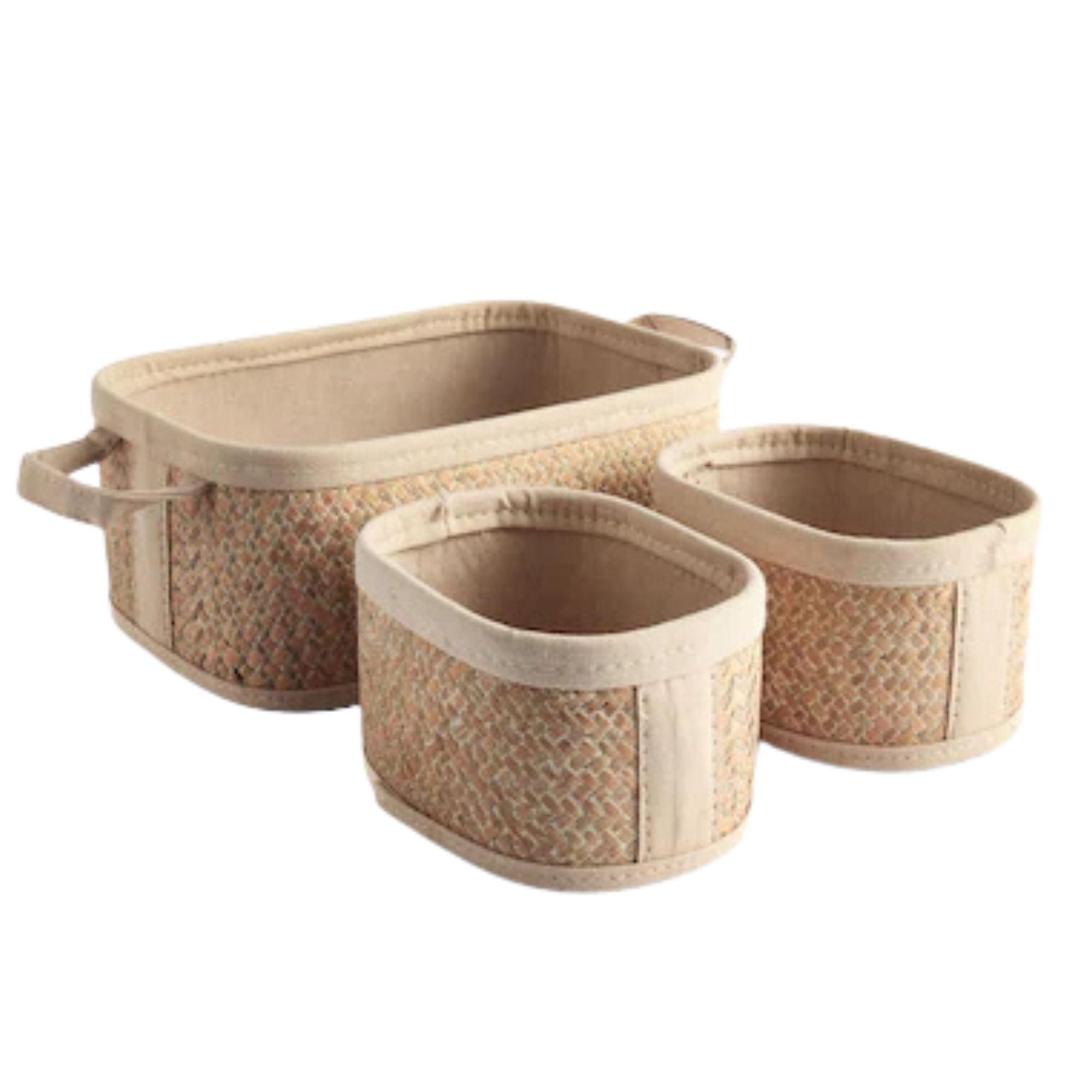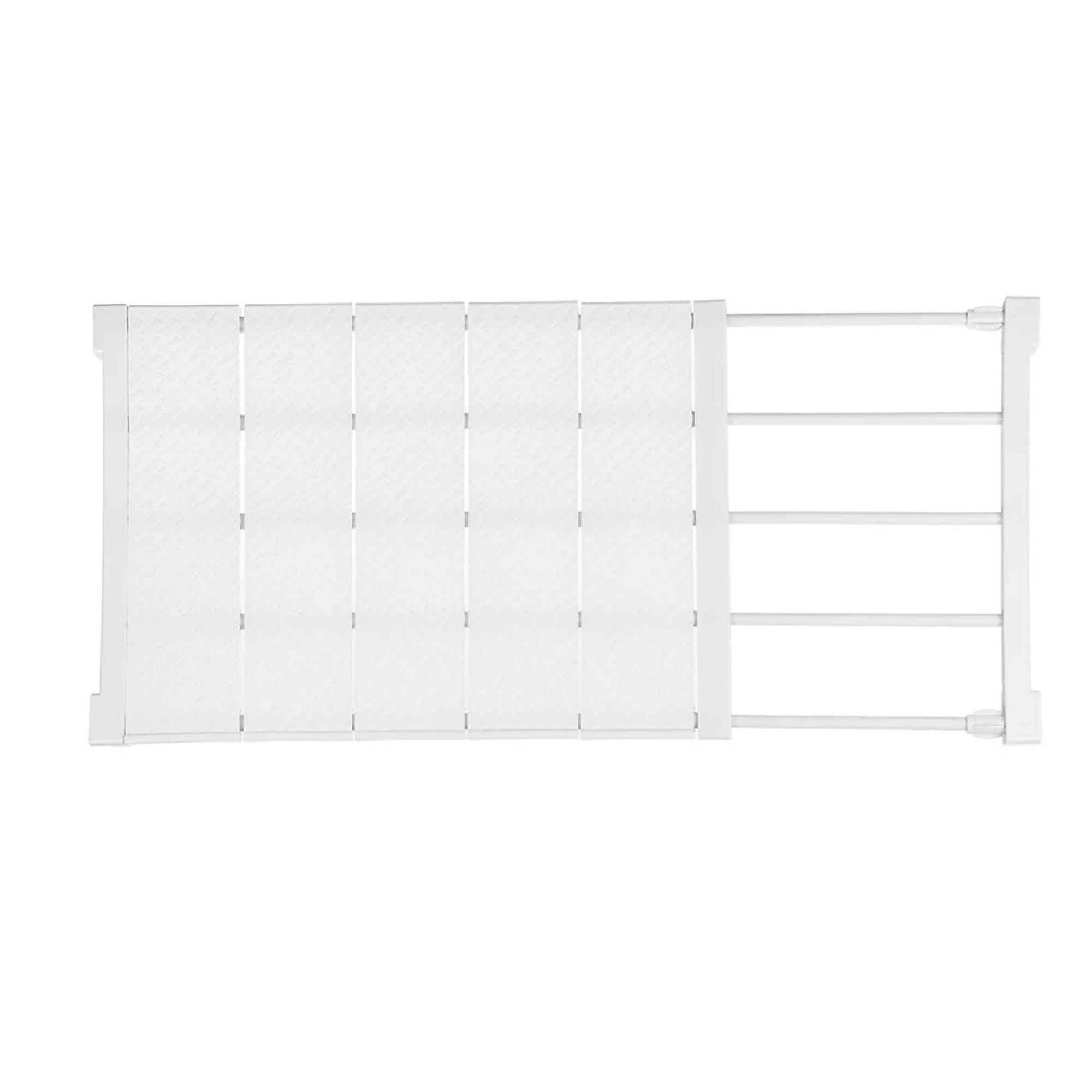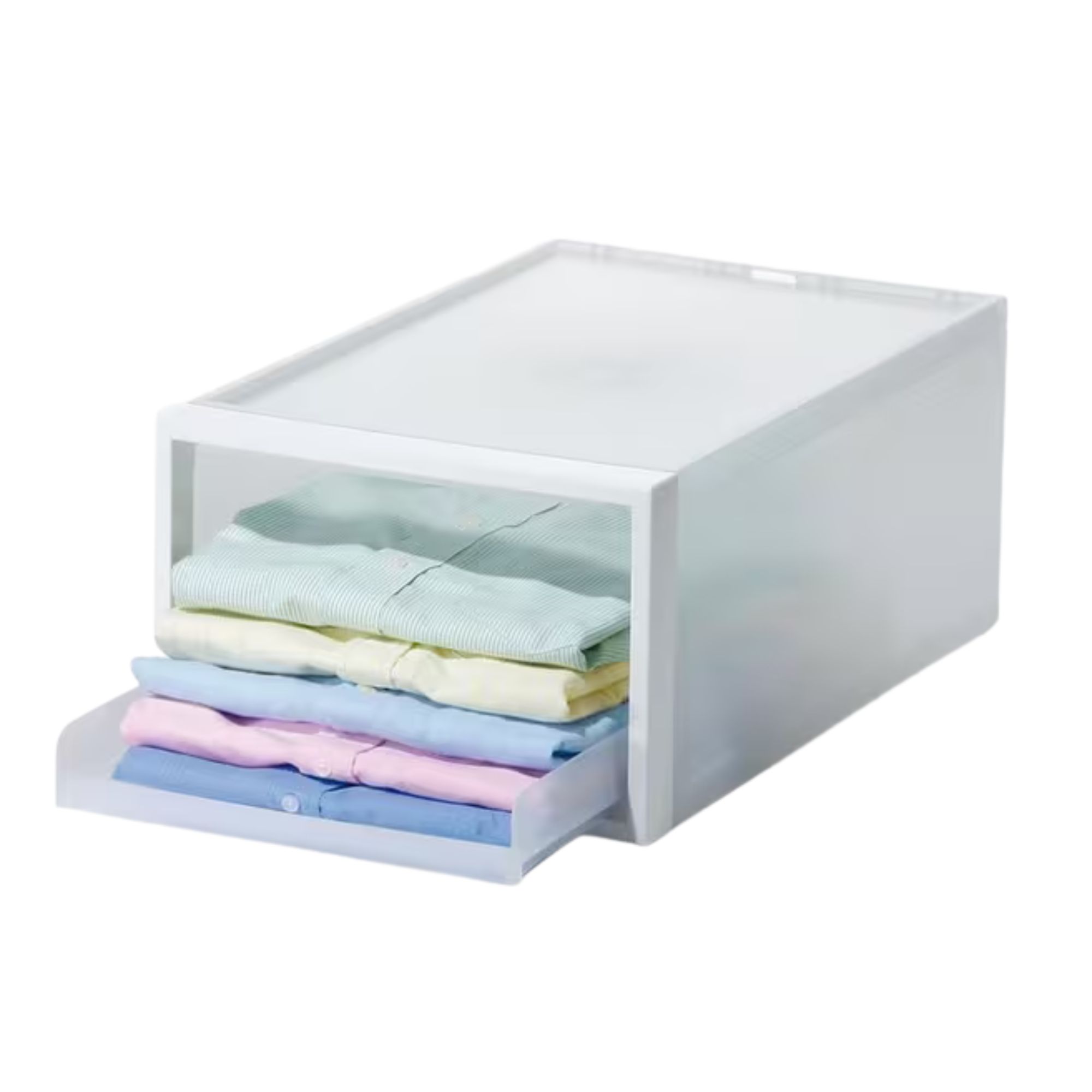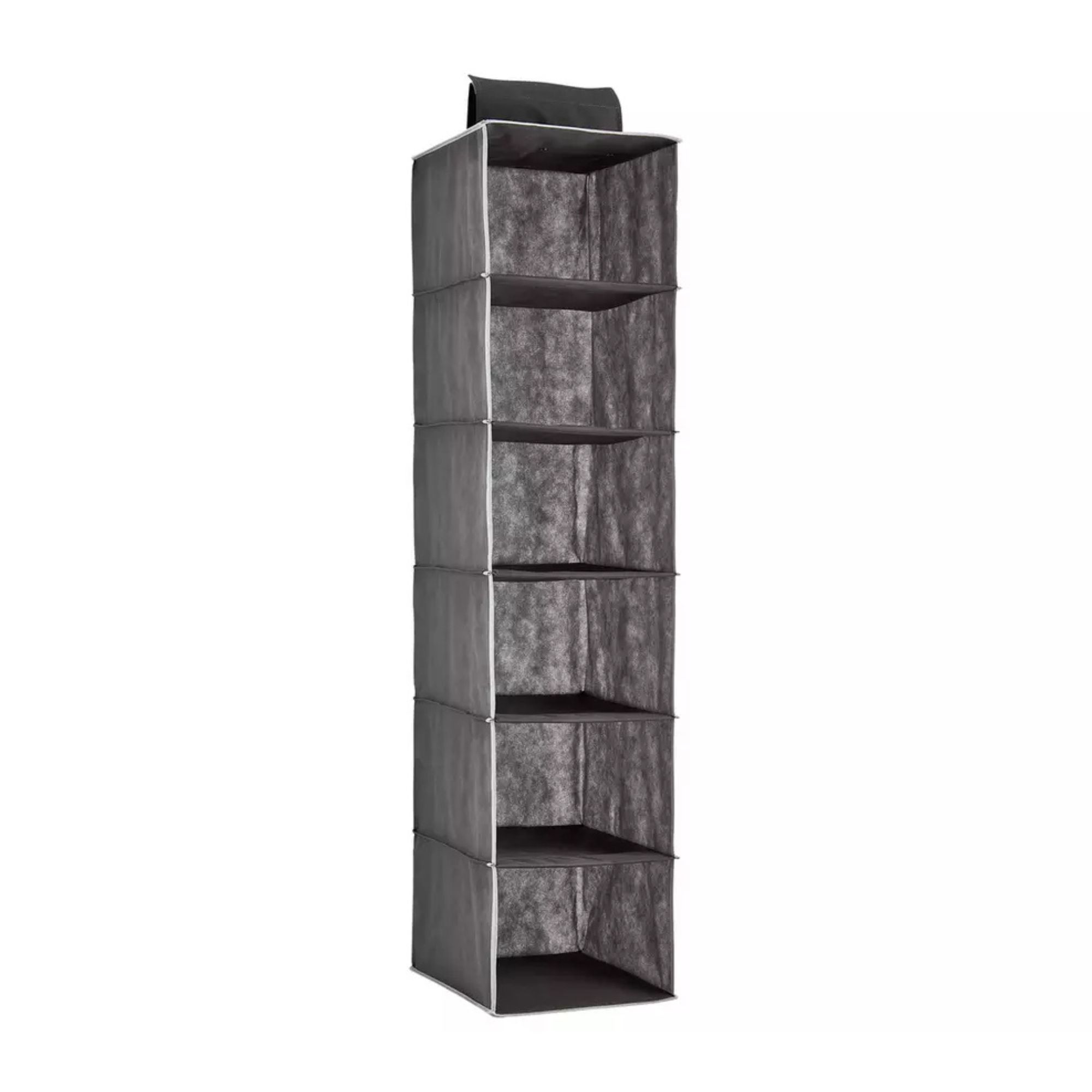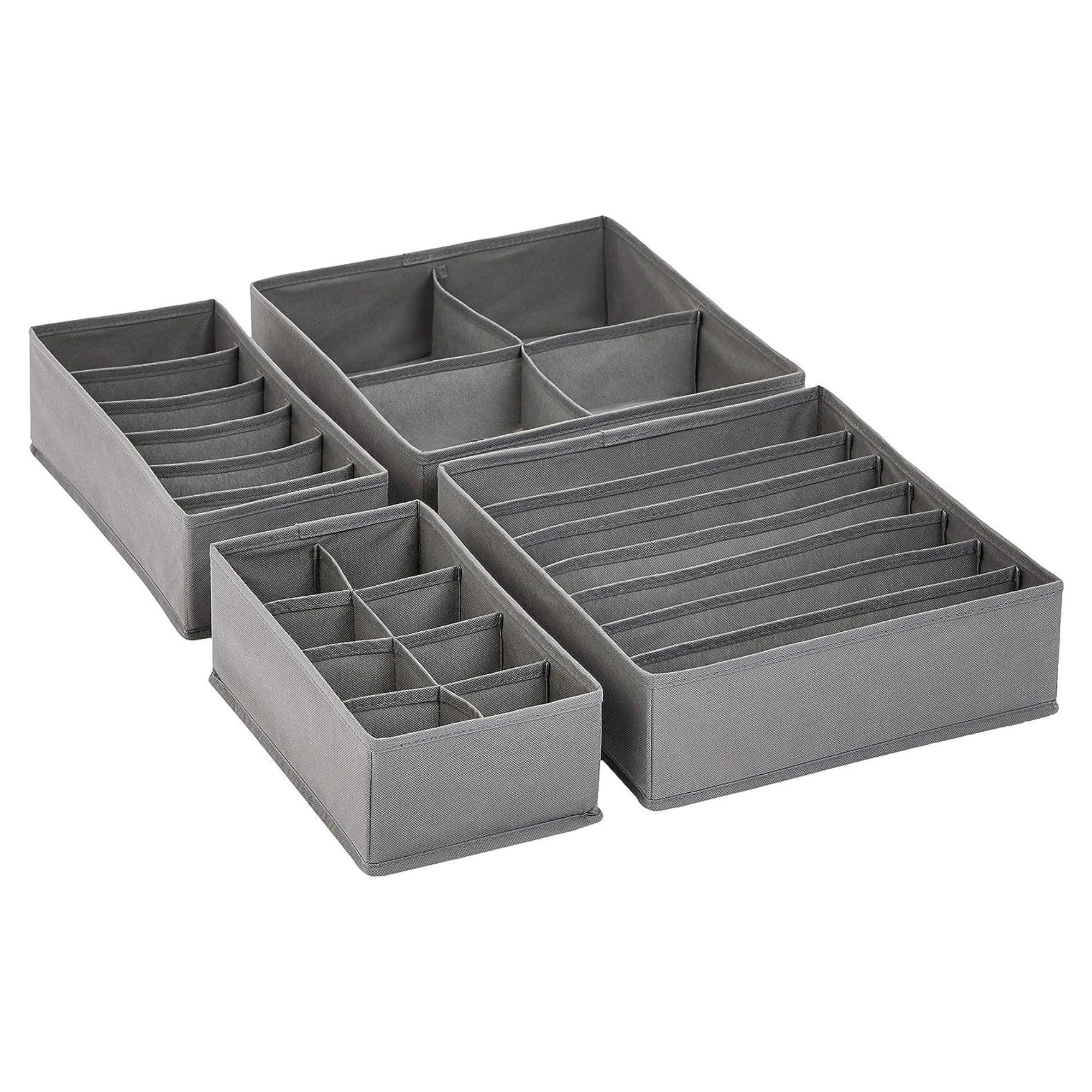How to organise a wardrobe — 7 ways to streamline your clothes storage space and restore order
Crammed clothing rails and over-stuffed shelves? You're not alone

Lauren Bradbury

If you're struggling to organise your wardrobe, and most days start with a fight to find what you need, then it's time for a tidying session. Of course, you should tidy your entire bedroom regularly, but sometimes your wardrobe needs some extra TLC to look its best.
However, with so many wardrobe storage ideas out there, this task can often feel overwhelming. And as a result, we often put it off and are left with an overflowing wardrobe that adds unnecessary stress to your life. When that happens, though, the problem just gets worse as the weeks go by.
That’s why I’ve asked professional declutterers and organisers for their best tips and tricks for organising a wardrobe, so you can take on their advice and create some calm from the chaos that is your wardrobe. And with these tips in your back pocket, you’ll then know how to organise a wardrobe perfectly in the future.
1. Have a clear out... and be ruthless
Before you try and organise an overflowing wardrobe, it’s important to sort out what you actually need and have a big wardrobe declutter. There's no point taking the time to organise clothing that you're not going to wear again, so be realistic. It also pays to be ruthless, too.
But, of course, there are so many decluttering methods you can try to get rid of items that no longer fit or no longer suit your style, but it’s best to focus on one that is wardrobe-specific. For example, I swear by the Project 333 decluttering method when organising my wardrobe, and find that it not only streamlines my clothing, but also my style.

Hester Van Hien, a Home Decluttering and Organising Consultant from Tidylicious, also suggests splitting up this decluttering task into smaller chunks. She says, ‘Start with a category that you find easy, as a warm up. For example your sock drawer. Then move onto a category that you're not too attached to. If you love your jeans and know you'll find it difficult to decide which ones to discard, start with for example your jumpers if you can make quicker decisions about these.’
Then, you can decide whether you want to sell, donate or even re-use the clothes that you’ve decluttered. This way, you can make the most of them even when they’re no longer useful to you. And you could even use your old clothes in the garden if you really wanted to.
Sign up to our newsletter for style inspiration, real homes, project and garden advice and shopping know-how
2. Categorise what you want to keep
When you’ve decided what you want to keep, it’s then time to start organising them - and categorising them is a foolproof way to keep things as efficient as possible. After all, nobody wants to spend ten minutes shuffling through their wardrobe to find what they want to wear in the morning.
Megan Watkins, Head Stylist at SilkFred says, ‘I would suggest sorting your wardrobe into categories. Either do this by season (so you’re not having to dig through skimpy tops and linens to find your winter knitwear) or by occasion (keeping loungewear and evening garments apart will cut down on the time it takes to get ready).’

Professional organiser Vicky Silverthorn at You Need a Vicky agrees, and even suggests taking it a step further. ‘Hang clothes in categories, then within that, by sleeve length and colour for easy visibility. Position items worn often in an easy-to-reach spot, with those you wear less often at the top of the wardrobe,’ she says.
If you have shelves in your wardrobe, it’s also a good idea to split your clothes into hanging items and folded items. For folded items, using an organiser like this TidyIsles - Foldable Closet Organizer (£39.99 at Amazon) can work a treat.
3. Keep things visible
If you have wardrobes with doors, you don’t have to rip off the doors and opt for an open-concept alternative. However, keeping things visible inside your wardrobe is one of the best ways to keep it organised.
This is echoed by Ingrid Jansen and Lesley Spellman from The Declutter Hub, who says, ‘Focus on accessibility, logic and compromise - Place the clothes you use most where they’re easiest to reach. Organise in a way that makes sense for your lifestyle, and be realistic if space is limited.’

This means that you should avoid stuffing shelves so full that you forget what's at the back, and avoid overfilling your wardrobe with hangers upon hangers - especially if you want to organise a small wardrobe. In this case, focusing on space-saving products can help immensely.
Products like these Set of 3 Space Saving Hangers (£2 from Dunelm) and these Argos Home Pack of 2 Metal Trouser Hangers (£7.50 at Argos) can come in really handy if you want to squeeze more into a smaller space, without making your wardrobe look cluttered.
4. Invest in shelf separators
Many of the best fitted wardrobe ideas come with shelves within them, but many people struggle to keep these shelves organised. And, before too long, the clutter on the shelves makes the rest of the wardrobe look cluttered. But investing in shelf separators can help in this instance.
A typical shelf separator consists of a plastic divider, like these Jucoan 4 Pack Clear Acrylic Shelf Dividers (£13.99 at Amazon) and they’re ideal for bulky items like sweaters and denim jeans that can take up a lot of drawer space. However, stacking them in piles makes them easier to access and thicker items fold easily and won’t crease or lose their shape when stacked in a pile.
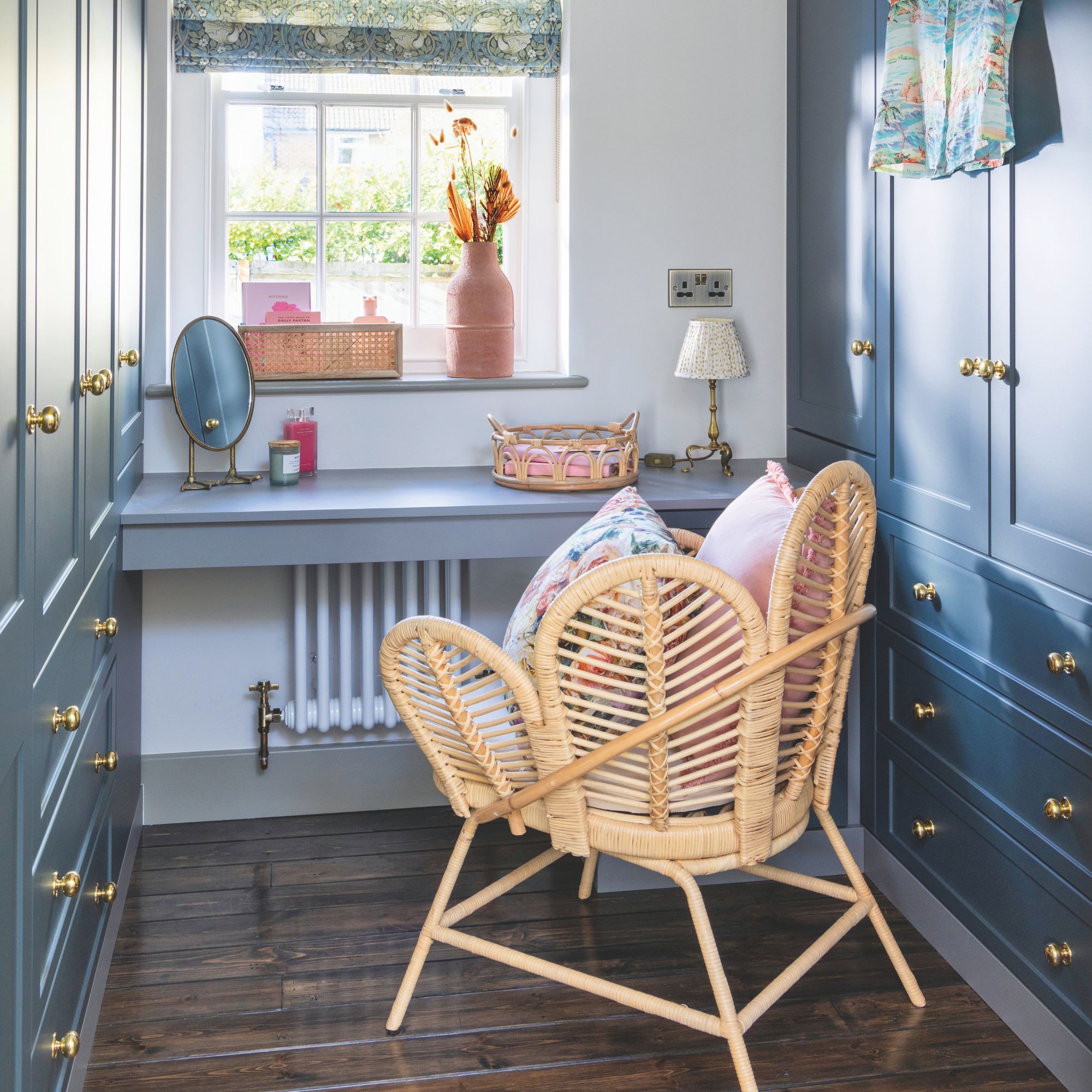
Vicky Silverthorn says, ‘Fold items in a practical way that suits the space. The higher the pile, the more likely it is to tumble so aim for shorter piles. Fold to a standard you can keep up- there’s no point folding socks in neat squares if you know you won’t bother to do it long term.’
If you don’t like plastic shelf dividers, though, you could opt for another option. Shannon Murphy, Professional Organiser and Founder of Simpl Living Co, suggests, ‘Use fabric storage boxes or baskets for shelves to contain smaller items and prevent piles from toppling over. Avoid wicker as it can snag fabrics.’
5. Sort your shoes
Shoes can instantly make an organised wardrobe feel disorganised, especially if you don’t have a lot of space for them. That’s why it’s always important to ensure you have an effective shoe storage idea in place. And if you choose the right option, you can often fit twice as many shoes in the same space.
An Ideal Home favourite is these clever Murvel shoe organisers, £1 each at Ikea. One shoe sits on top of the plastic holder and the other one slots in below, and with both shoes stored together, it makes pairs easier to find, too. This means you don’t have to go rooting around and causing a mess in your wardrobe to find a rogue shoe.

Alternatively if you're looking for bedroom shoe storage ideas, you could look to store shoes in shoe boxes, but if you go for this option, make sure each box is clearly labelled, or even better, take a photo of each pair and stick it to the front of the box, so you can find what you need at a glance.
Don't worry if you don’t have a lot of space, either. There are so many ways to store shoes in a small space that won’t take up too much space, but still allow you to maintain an organised home.
6. Swap out your hangers
Whether you keep the hangers you get when you buy a new item or clothing or you’ve inherited some from family and friends, there’s a high chance that your wardrobe is full of a mishmash of hangers. And while there’s nothing technically wrong with that, it could be making your wardrobe look less organised.
Ingrid and Lesley advise you to, ‘Swap mismatched hangers for slim velvet ones where possible. They save space, prevent clothes slipping, and give a neat, streamlined look.’ So, it’s worth decluttering your hangers and buying new ones - like these Flock Clothes Hangers, Pack of 20 (£18 at John Lewis).
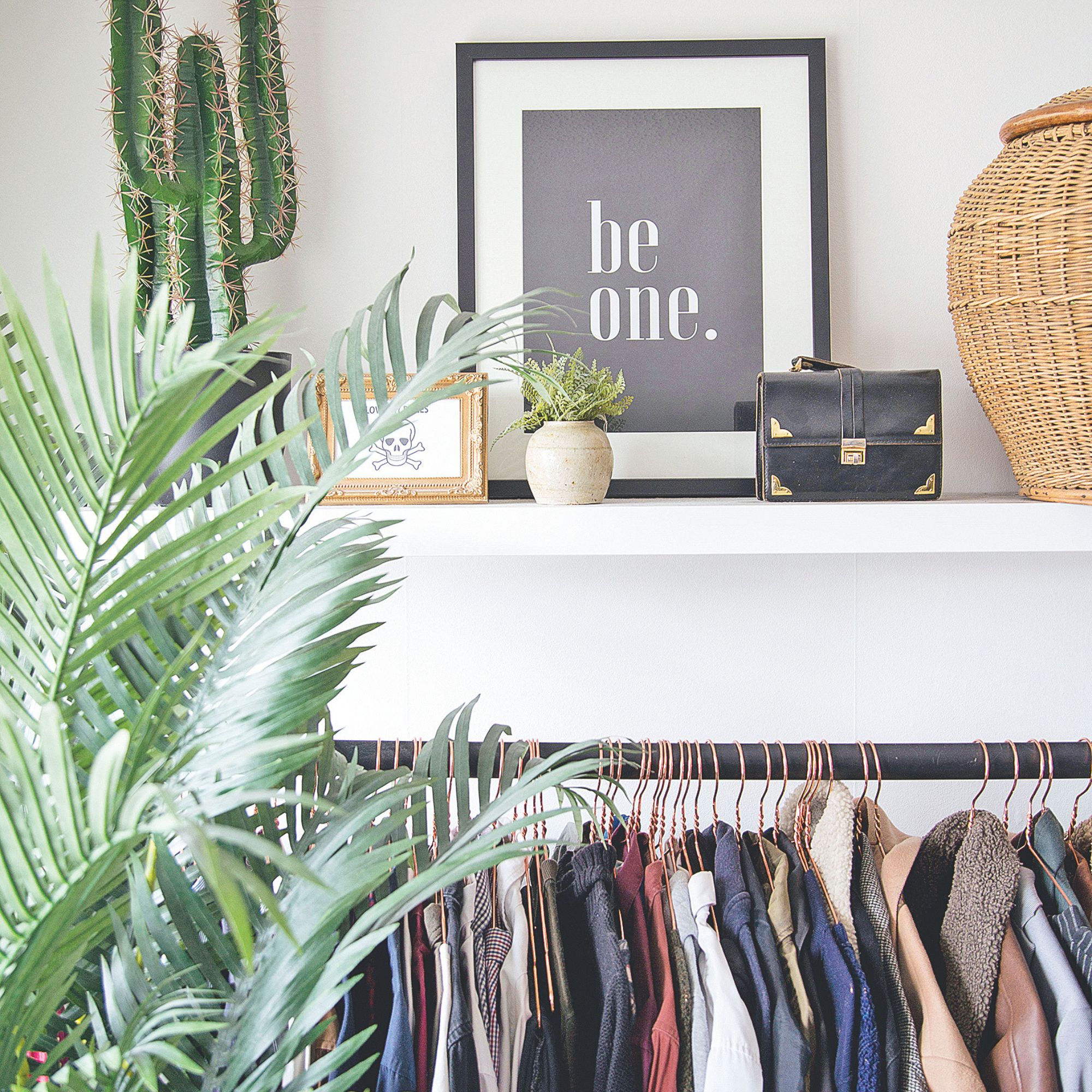
However, it’s still a good idea to have a variety of different hangers available in your wardrobe, for the sake of your clothing. Ingrid and Lesley say, ‘Velvet hangers work for most clothes, but wooden hangers are best for coats and suits, clip hangers for skirts, and padded hangers for delicate fabrics.’
If you do opt for different hangers, just make sure you put them into their own individual categories, so everything looks streamlined and organised.
7. Rotate your wardrobe
One of the best wardrobe organisation tips is to rotate your wardrobe. And while this may seem like a lot of work in the short term, it’ll pay off in the long run by keeping your wardrobe streamlined and clutter-free.
Ingrid and Lesley explain, ‘Keep everyday and year-round items in your main wardrobe. Store seasonal clothes (summer or winter) elsewhere, rotating them when needed to save space.’ And I always recommend storing them safely in vacuum bags like these Argos Home Pack of 10 Mixed Vacuum Storage Bags (£15 at Argos).

By doing this, you can instantly halve the amount of clothes in your wardrobe and make things look neater and tidier. It will also give you the feeling of a brand new wardrobe twice a year, which is always a nice feeling.
You can also tie this in with your decluttering calendar, as your summer clothes are some of the many things you should declutter before autumn - and the same for your winter clothes at the beginning of summer.
Wardrobe organising essentials
FAQs
What is the 70/30 wardrobe rule?
The 70/30 wardrobe rule is a way to streamline your clothes. The idea is that 70% of your wardrobe is made up of everyday essentials and basics that you can mix and match for various outfits. The remaining 30% is then made up of fancy or statement pieces that you won’t wear as often.
By emptying the 70/30 wardrobe rule, you can keep your wardrobe clutter-free and ensure that you’re always going to get the most out of your clothing.
In what order should I hang my clothes in my closet?
According to Hester Van Hien, a Home Decluttering and Organising Consultant from Tidylicious, you should be strategic when it comes to hanging your clothes - especially if you want an organised wardrobe.
She says, ‘Hang like by like, i.e. coats with coats, tops with tops. Hang longer items on the left hand side, and work your way up to the right to shorter items. This creates an upward line in your wardrobe. Within each subcategory, hang from dark to light, or in a rainbow.’

Holly Walsh is a freelance Interiors Writer and Shopping Editor, but worked in-house here at Ideal Home for nearly 10 years. With a background of studies in Interior Design, her career in interior journalism was a no-brainer and her passion for decorating homes is still as strong now 15 years after she started, as it ever was. While Holly has written for most of the home titles at Future, including Livingetc, Country Homes & Interiors, Homes and Gardens, Woman & Home and Style at Home, Ideal Home has always been her ideal home, and she can still be found sharing her expertise and advice across both the printed magazine and the website, while also raising her two young children.
- Lauren BradburyContent Editor (House Manual)
